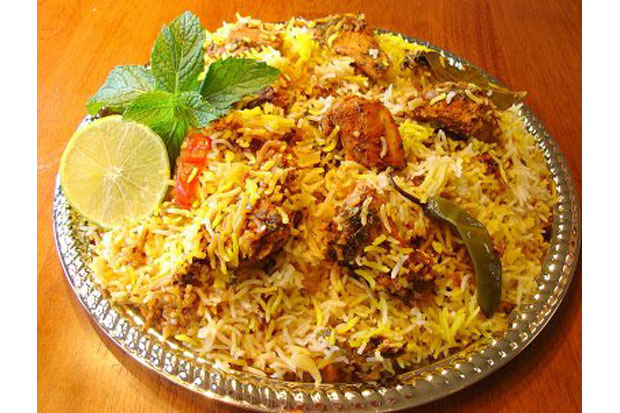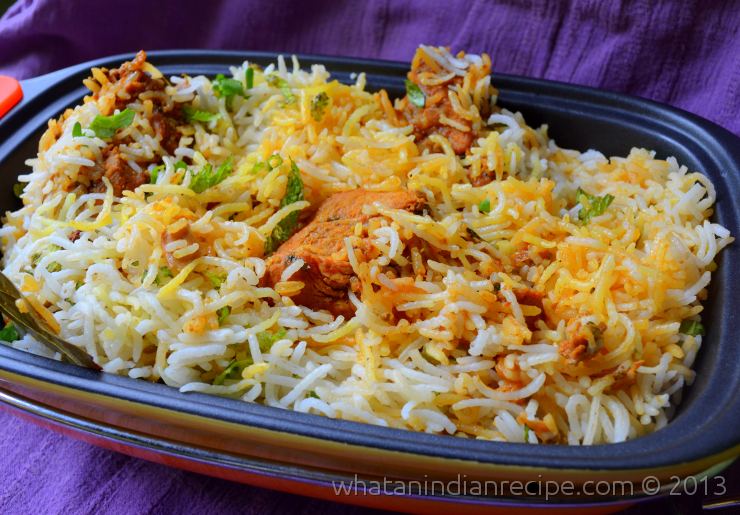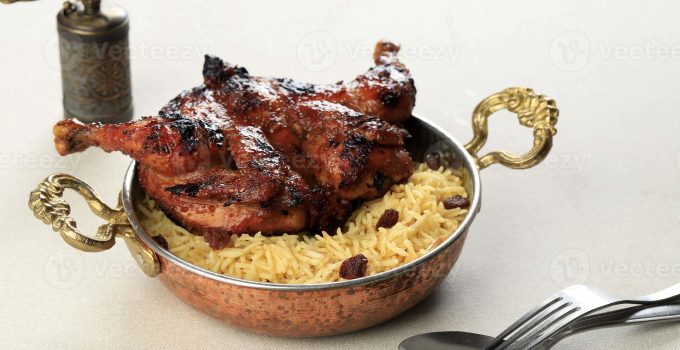Beryani, an iconic dish with roots deep in Middle Eastern cuisine, is much more than just a meal; it is an experience that captivates the senses and brings people together. Known for its rich flavors, aromatic spices, and delightful textures, Beryani has earned a special place in the hearts of food lovers around the world. This article will explore the history, ingredients, preparation methods, and cultural significance of Beryani, illustrating why it is an exquisite dish that truly delights every palate.
The Rich History of Beryani: A Culinary Legacy

Beryani, often confused with its close relative, Biryani, has a distinct origin story that sets it apart. While Biryani is widely associated with South Asian cuisine, Beryani traces its roots to the ancient city of Isfahan in Iran. This city, known for its artistic and cultural heritage, is also the birthplace of many culinary treasures, with Beryani being one of its most prized creations.
The name “Beryani” is derived from the Persian word “beryan,” which means “to roast” or “to fry.” This reflects the traditional method of preparing the dish, where meat is roasted or fried with a variety of spices to create a flavorful and aromatic meal. Over time, Beryani evolved, incorporating influences from various regions and becoming a beloved dish in households across the Middle East and beyond.
Key Ingredients that Define Beryani
The beauty of Beryani lies in its simplicity, yet it is this simplicity that allows each ingredient to shine. The dish typically consists of a base of finely ground meat, usually lamb or mutton, which is mixed with a variety of spices and herbs to create a rich and flavorful blend. The choice of meat is crucial, as it imparts a deep, savory taste that is the hallmark of Beryani.
One of the defining characteristics of Beryani is the use of fresh, high-quality spices. Cumin, turmeric, cinnamon, and cardamom are commonly used, each adding its own unique note to the dish. These spices are not only important for flavor but also for their aromatic qualities, which make Beryani a feast for the senses.
In some variations of Beryani, the meat mixture is combined with rice or bread, though traditional Isfahani Beryani is typically served without these accompaniments. Instead, it is often paired with a side of flatbread, fresh herbs, and a tart, yogurt-based sauce known as “mast-o-khiar.” This combination of rich, savory meat with light, refreshing sides creates a balanced and satisfying meal.
The Art of Preparing Beryani
Preparing Beryani is an art that requires precision and care. The process begins with selecting the finest cuts of meat, which are then ground to a smooth consistency. The ground meat is mixed with a blend of spices and sometimes onions or garlic, depending on regional preferences. This mixture is then formed into patties or shaped into a loaf, ready to be cooked.
The cooking method is what truly sets Beryani apart. Traditionally, the meat is roasted in a special oven or fried in a pan, which allows the spices to infuse the meat with their full flavor. The key is to cook the meat slowly, ensuring that it remains tender and juicy while developing a rich, caramelized crust. This method of cooking not only enhances the flavor but also creates a delightful texture that is both crispy on the outside and succulent on the inside.
In some variations, the cooked meat is placed on a bed of saffron-infused rice, adding a layer of aromatic complexity to the dish. However, the traditional Isfahani Beryani is often served on its own, allowing the meat to take center stage.
Beryani in Modern Cuisine
While Beryani has deep roots in traditional Iranian cuisine, it has also found its place in modern kitchens around the world. Chefs have embraced Beryani for its versatility and have adapted the recipe to suit contemporary tastes. Some modern versions of Beryani incorporate different types of meat, such as chicken or beef, while others experiment with vegetarian options, using ingredients like lentils or mushrooms to recreate the dish’s rich flavors.
In addition to the traditional spices, modern Beryani recipes may include new ingredients, such as pomegranate seeds or nuts, to add a fresh twist. These innovations have helped to keep Beryani relevant and appealing to a global audience, while still preserving the essence of the dish.
Beryani’s popularity has also led to its inclusion on the menus of fine dining restaurants and street food stalls alike. Whether served as a gourmet entrée or a quick and satisfying meal on the go, Beryani continues to delight those who seek a taste of the Middle East.
Cultural Significance: A Dish that Unites

Beryani is more than just a delicious meal; it is a dish that holds cultural significance in the regions where it is enjoyed. In Iran, Beryani is often associated with celebrations and special occasions, such as weddings, holidays, and family gatherings. Preparing and sharing Beryani is a way to bring people together, creating bonds over the shared experience of enjoying a meal.
The communal aspect of Beryani is reflected in the way it is traditionally served. Large platters of Beryani are often placed in the center of the table, allowing everyone to partake in the dish. This style of serving emphasizes the importance of hospitality and generosity in Middle Eastern culture.
Beryani is also a dish that has transcended borders, bringing a taste of Iran to people around the world. As Iranian communities have spread across the globe, so too has the tradition of making and sharing Beryani. This has allowed the dish to become a symbol of cultural heritage and pride for Iranians living abroad, as well as a way to introduce others to the richness of Persian cuisine.
Tips for Enjoying and Sharing Beryani
To fully appreciate Beryani, it’s important to savor the flavors and share the experience with others. Here are some tips to enhance your enjoyment of this exquisite dish:
- Pairing with Traditional Sides: While Beryani is delicious on its own, pairing it with traditional sides like flatbread, fresh herbs, and yogurt can elevate the experience. The freshness of the herbs and the creaminess of the yogurt provide a perfect contrast to the rich, savory meat.
- Serving with Persian Tea: After enjoying Beryani, a cup of Persian tea can be a wonderful way to cleanse the palate and relax. The subtle bitterness of the tea complements the rich flavors of the dish and provides a satisfying conclusion to the meal.
- Garnishing with Saffron: If you’re serving Beryani with rice, consider garnishing the dish with a sprinkle of saffron. This not only adds a beautiful color but also enhances the aroma and flavor, making the dish even more inviting.
- Sharing with Loved Ones: Beryani is a dish that is meant to be shared. Whether you’re preparing it for a family gathering or a dinner party, make sure to serve it in a way that encourages communal dining. This not only makes the meal more enjoyable but also reflects the spirit of hospitality that is central to Middle Eastern culture.
Why Beryani is a Must-Try Dish
For those who have not yet experienced Beryani, this dish offers a unique opportunity to explore the rich and diverse world of Middle Eastern cuisine. Its combination of aromatic spices, tender meat, and delightful textures makes it a dish that is both satisfying and memorable.
Beryani is also a dish that invites creativity. Whether you stick to the traditional recipe or experiment with modern variations, the result is always a flavorful and aromatic meal that is sure to impress. The process of preparing and sharing Beryani is also a way to connect with the cultural heritage of Iran and to appreciate the culinary traditions that have been passed down through generations.
Conclusion
Beryani is truly an exquisite dish that delights every palate. Its rich history, flavorful ingredients, and cultural significance make it a standout in the world of cuisine. Whether you enjoy it in a traditional setting or with a modern twist, Beryani offers a culinary experience that is both satisfying and unforgettable.
By exploring the flavors of Beryani, you are not only indulging in a delicious meal but also gengtoto embracing the warmth and hospitality that is at the heart of Middle Eastern culture. So, gather your loved ones, prepare this exquisite dish, and enjoy the flavors of Beryani—a culinary masterpiece that will surely leave a lasting impression.




